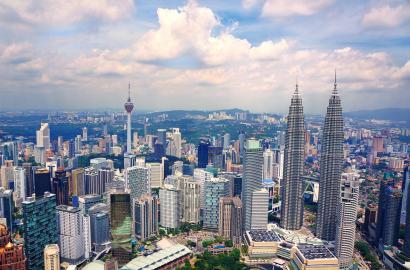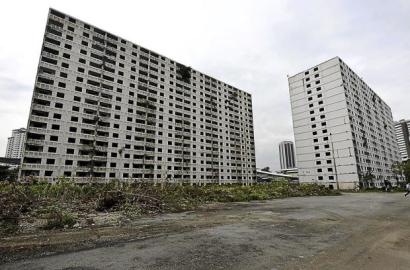Explore Our Exciting New Property Listings Now Available in Prime Locations!
Malaysia’s property market is experiencing a significant surge, drawing attention from investors and homebuyers alike. This growth is fueled by a combination of economic recovery, government initiatives, and shifting market dynamics. Here’s a closer look at the factors driving this upward trend.
1. Economic Recovery Post-Pandemic
The Malaysian economy has been steadily recovering from the impacts of the COVID-19 pandemic. With businesses reopening, employment rates improving, and consumer confidence rebounding, the property market has benefited from increased demand. As economic activity picks up, more Malaysians are investing in real estate, viewing it as a stable and lucrative asset.
2. Government Incentives and Policies
The Malaysian government has introduced several initiatives to stimulate the property market. These include:
Home Ownership Campaigns (HOC): Offering tax exemptions, stamp duty waivers, and discounted property prices to encourage homebuyers.
Affordable Housing Programs: Providing accessible housing options for middle- and low-income groups, ensuring broader participation in the property market.
Foreign Investment Incentives: Relaxing regulations to attract international investors, boosting demand for high-end and commercial properties.
These policies have played a crucial role in revitalizing the market and making property ownership more attainable for Malaysians.
3. Low Interest Rates
Bank Negara Malaysia, the country’s central bank, has maintained relatively low interest rates, making borrowing more affordable for homebuyers. This has encouraged more people to take out mortgages and invest in property, further driving market growth.
4. Urbanization and Infrastructure Development
Rapid urbanization and ongoing infrastructure projects have significantly contributed to the property market’s expansion. Major developments such as the Klang Valley Mass Rapid Transit (MRT) and the East Coast Rail Link (ECRL) have improved connectivity, making suburban areas more attractive to buyers. Additionally, the growth of smart cities and mixed-use developments has created new opportunities for residential, commercial, and industrial properties.
5. Rising Demand for Suburban and Green Living
The pandemic has reshaped housing preferences, with more buyers seeking spacious, suburban homes and properties with access to green spaces. This shift has driven demand in areas outside major city centers, leading to a boom in suburban real estate. Developers are responding by creating integrated townships that offer a blend of residential, commercial, and recreational facilities.
6. Foreign Investment and Expatriate Demand
Malaysia’s strategic location, affordable cost of living, and high quality of life continue to attract foreign investors and expatriates. Programs like Malaysia My Second Home (MM2H) have further boosted interest in the country’s property market, particularly in prime locations such as Kuala Lumpur, Penang, and Johor Bahru.
7. Technology and Digital Transformation
The adoption of technology in the property sector has streamlined processes and improved accessibility for buyers. Virtual property tours, online transactions, and digital marketing have made it easier for both local and international buyers to explore and invest in Malaysian real estate.
Challenges and Opportunities Ahead
While the property market is thriving, challenges such as rising construction costs and affordability issues for certain segments of the population remain. However, with continued government support, innovative development strategies, and a focus on sustainability, the market is poised for sustained growth.
Conclusion
Malaysia’s property market surge reflects a combination of economic resilience, strategic government policies, and evolving consumer preferences. As the country continues to recover and innovate, the real estate sector is expected to remain a key driver of economic growth, offering opportunities for investors, developers, and homebuyers alike.
For those looking to capitalize on this growth, now is an opportune time to explore the diverse and dynamic Malaysian property market.

Related posts:
Malaysia’s real estate market recorded steady growth across key sectors in the first half of 2025 (1H 2025), supported by strong data centre investments, infrastructure development and resilient domestic demand, according to Knight Frank Malaysia.
Property prices across the Klang Valley are set to rise this year, but the Selangor government has assured that buyers of state housing projects will not face unreasonable price hikes. State executive councillor for housing, Borhan Aman Shah, emphasised that...


